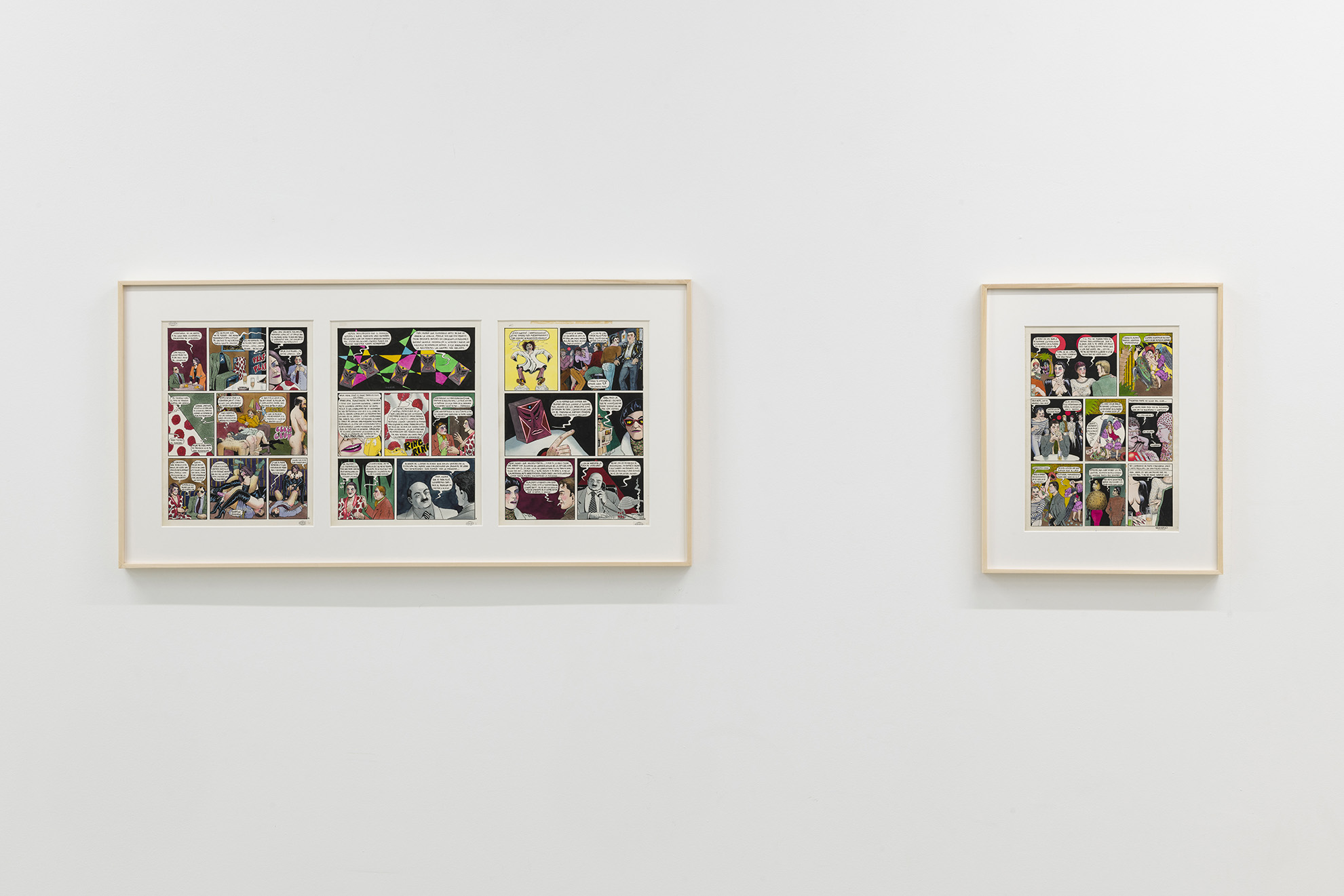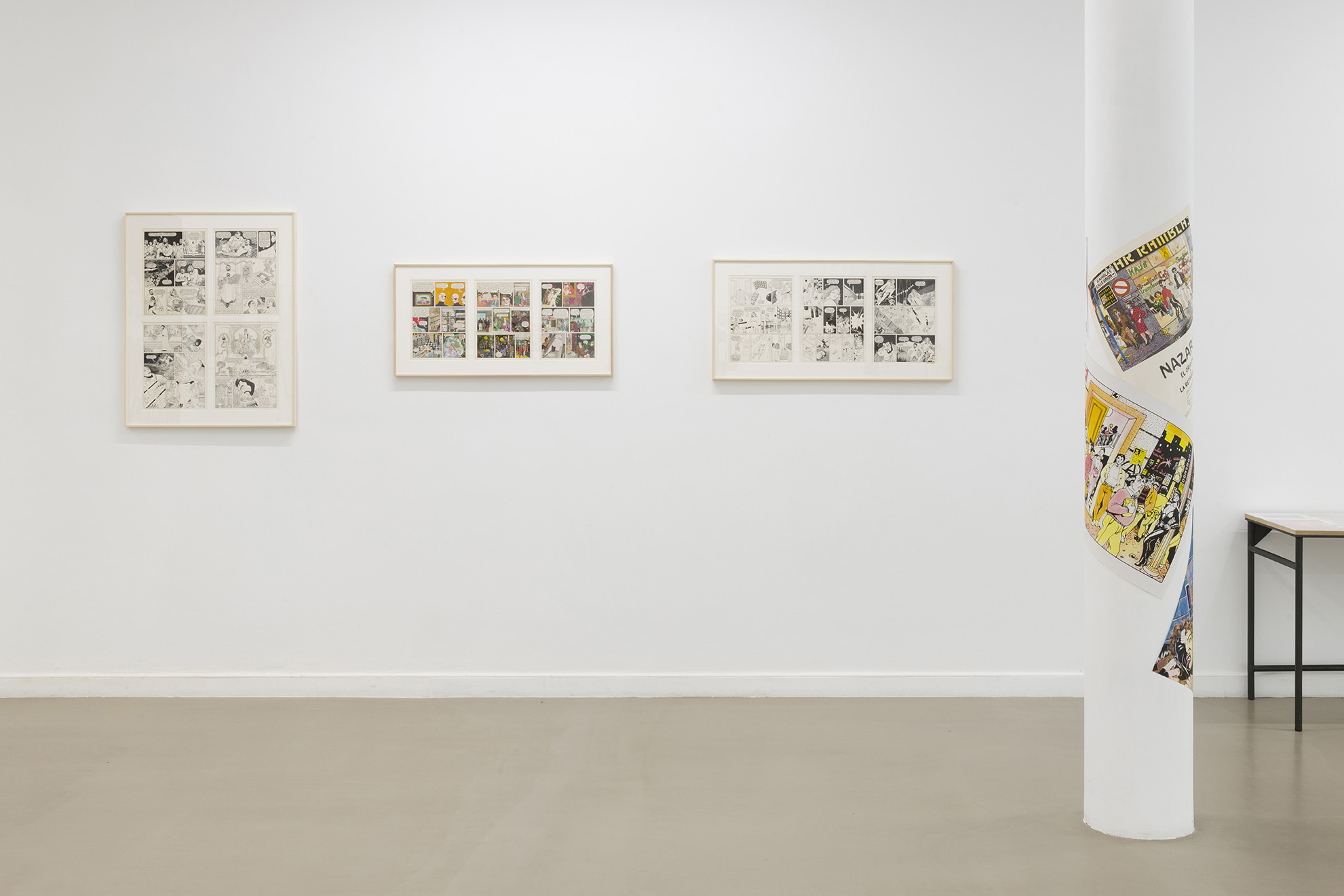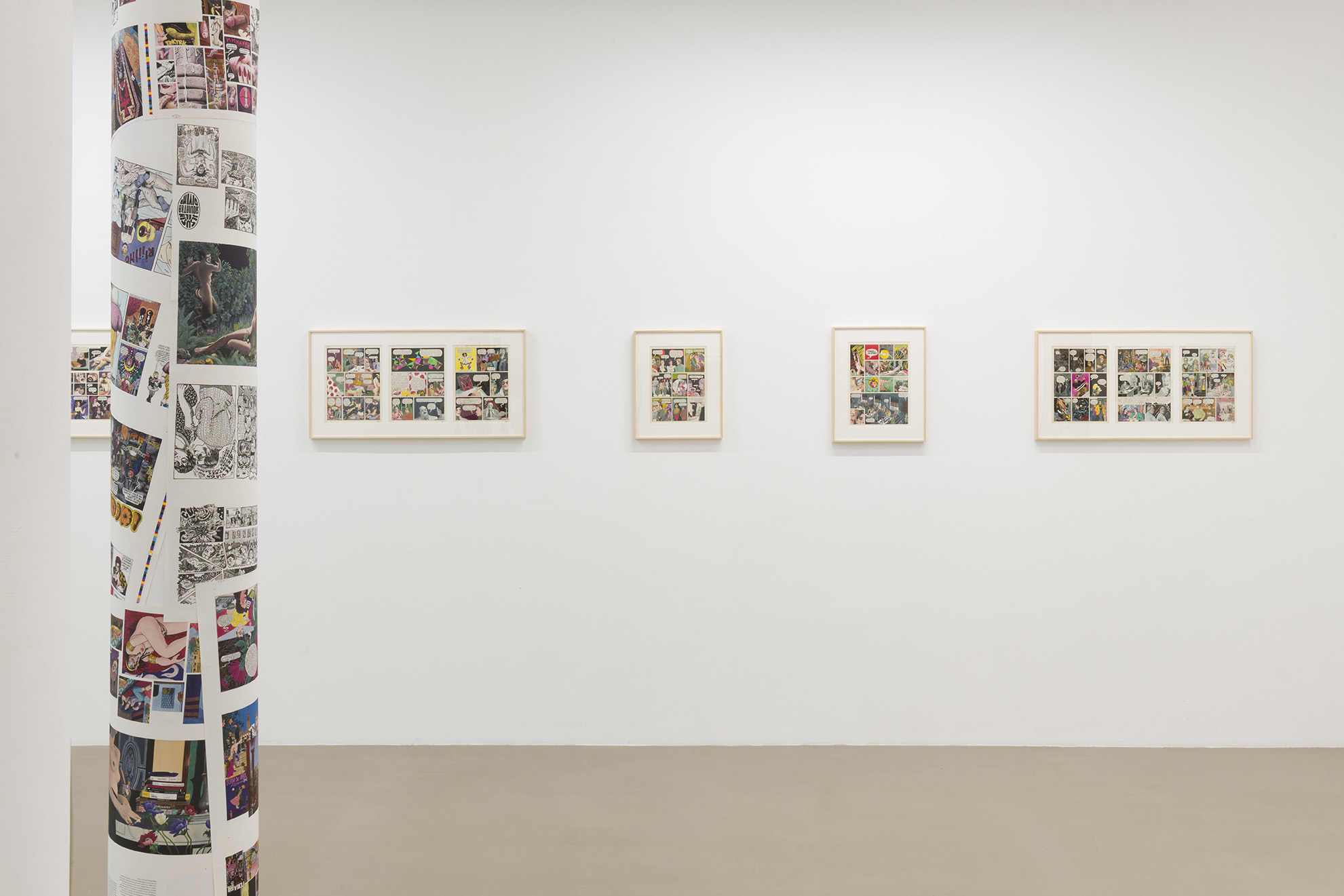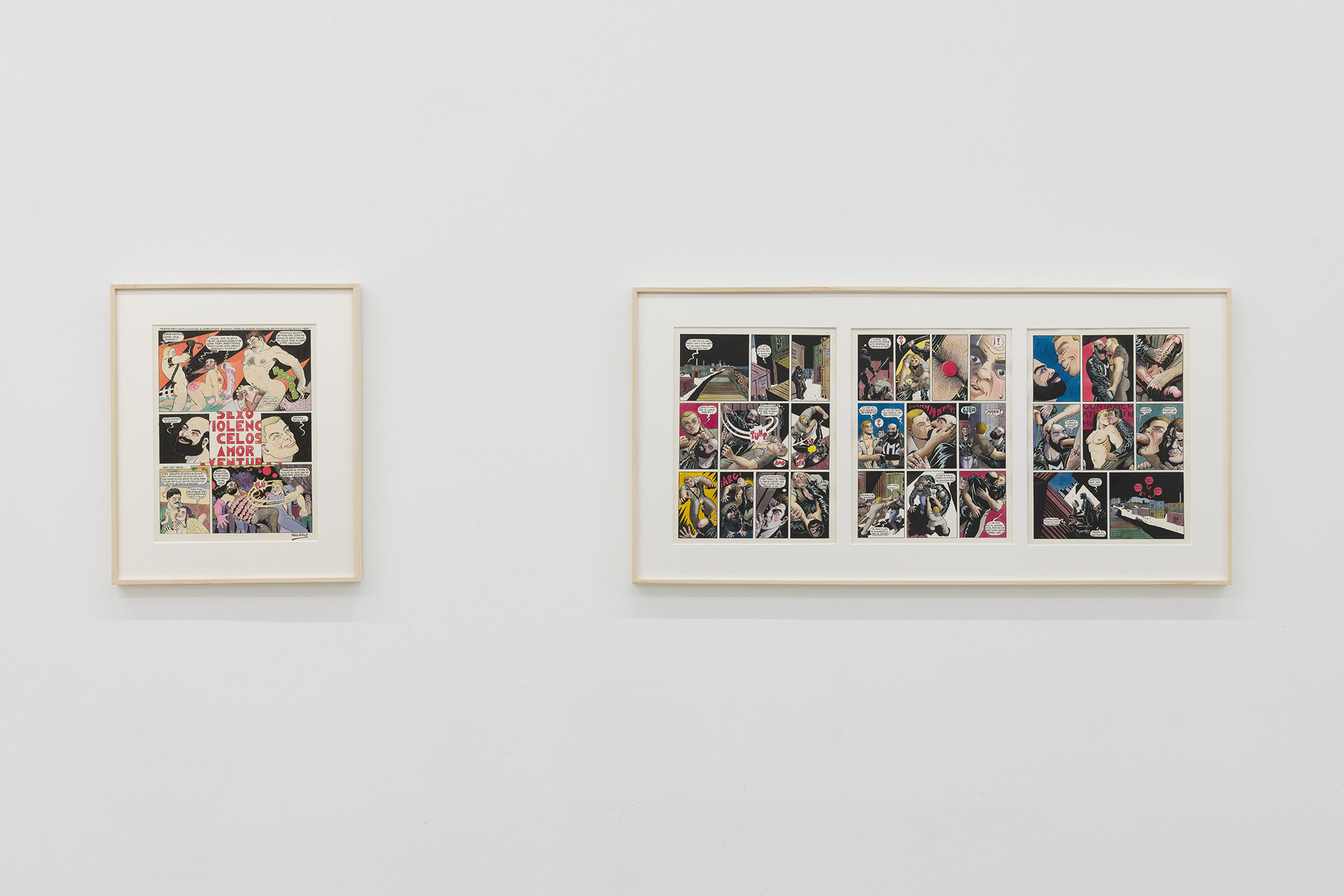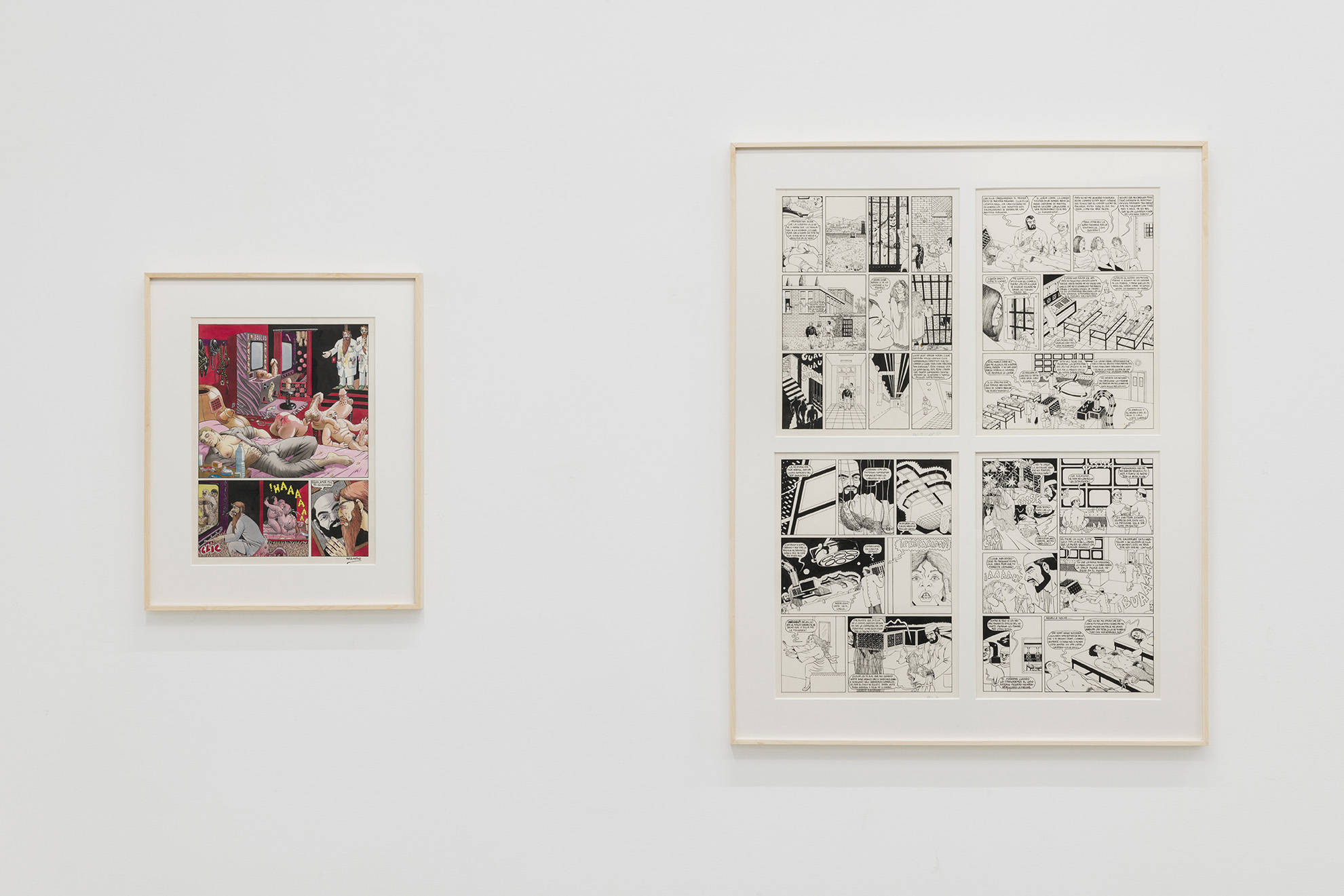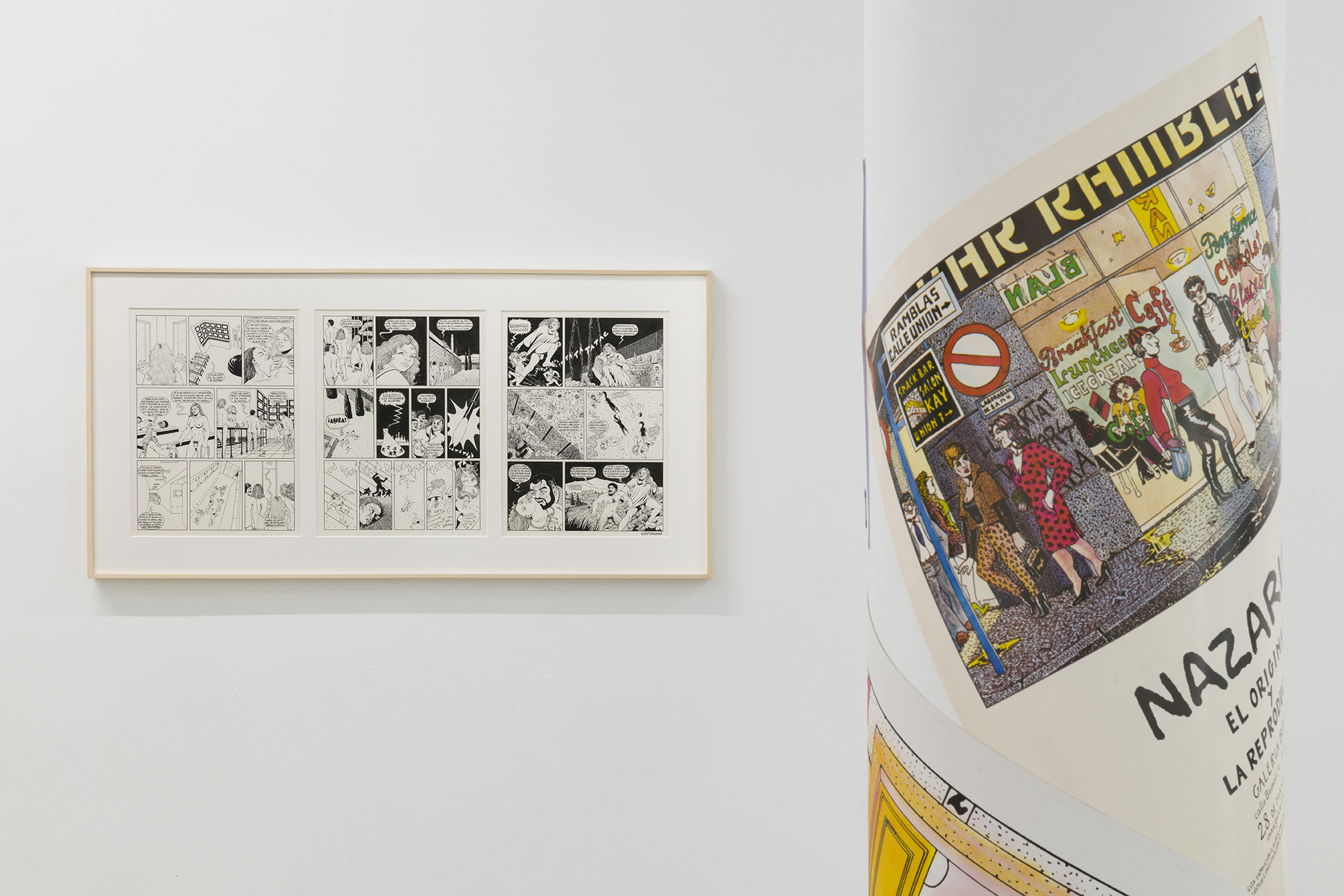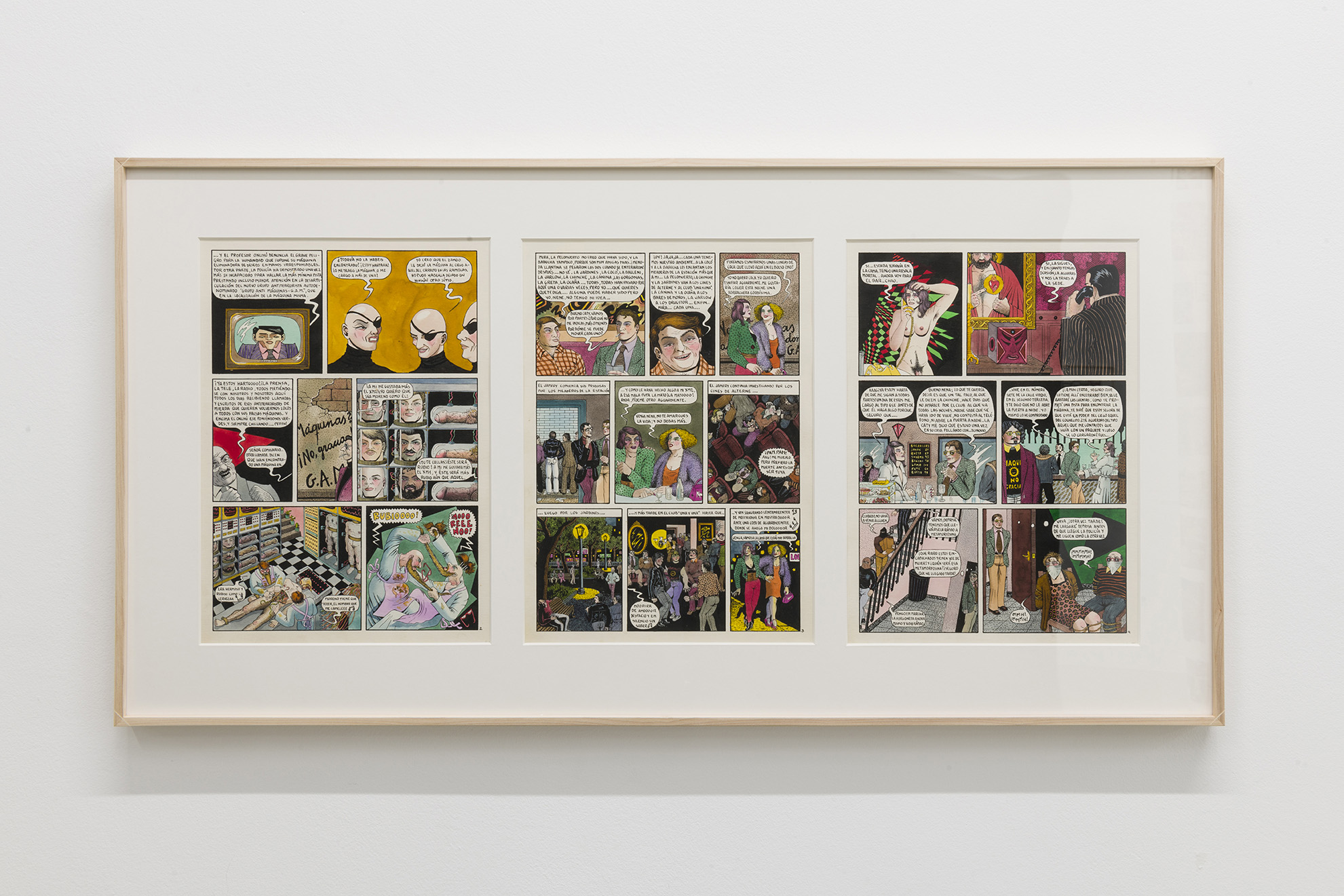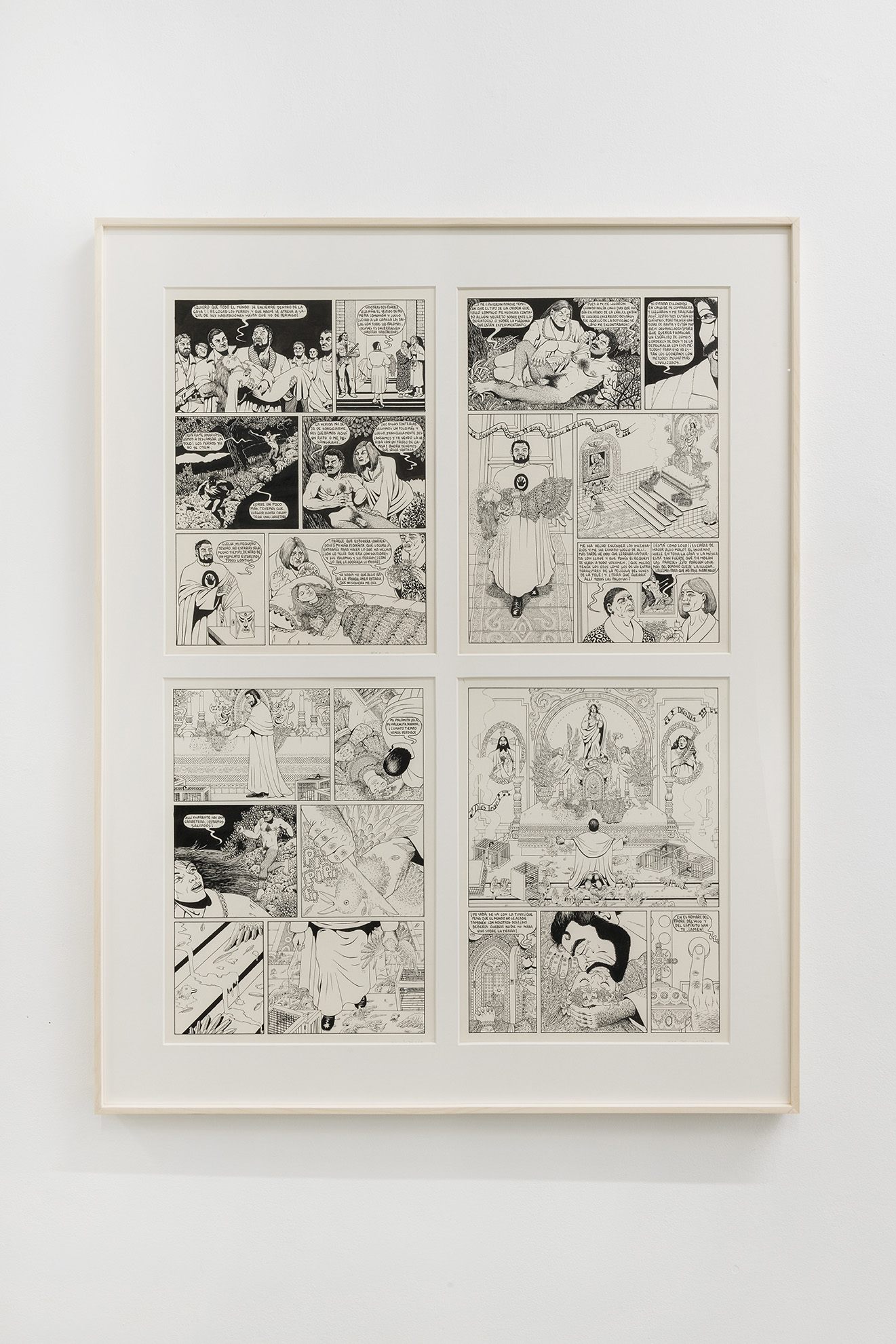04 May – 17 June 2023
Barcelona
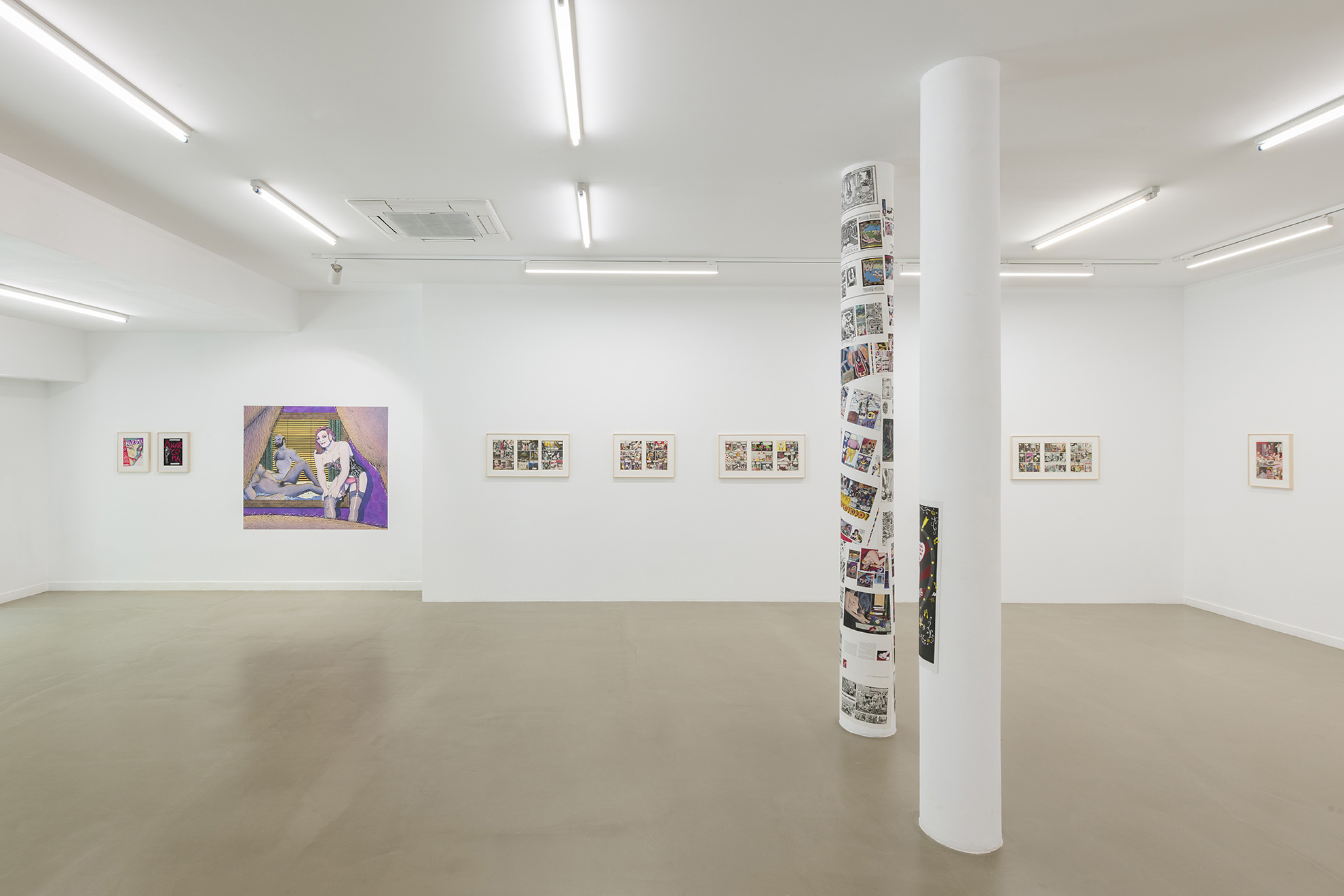
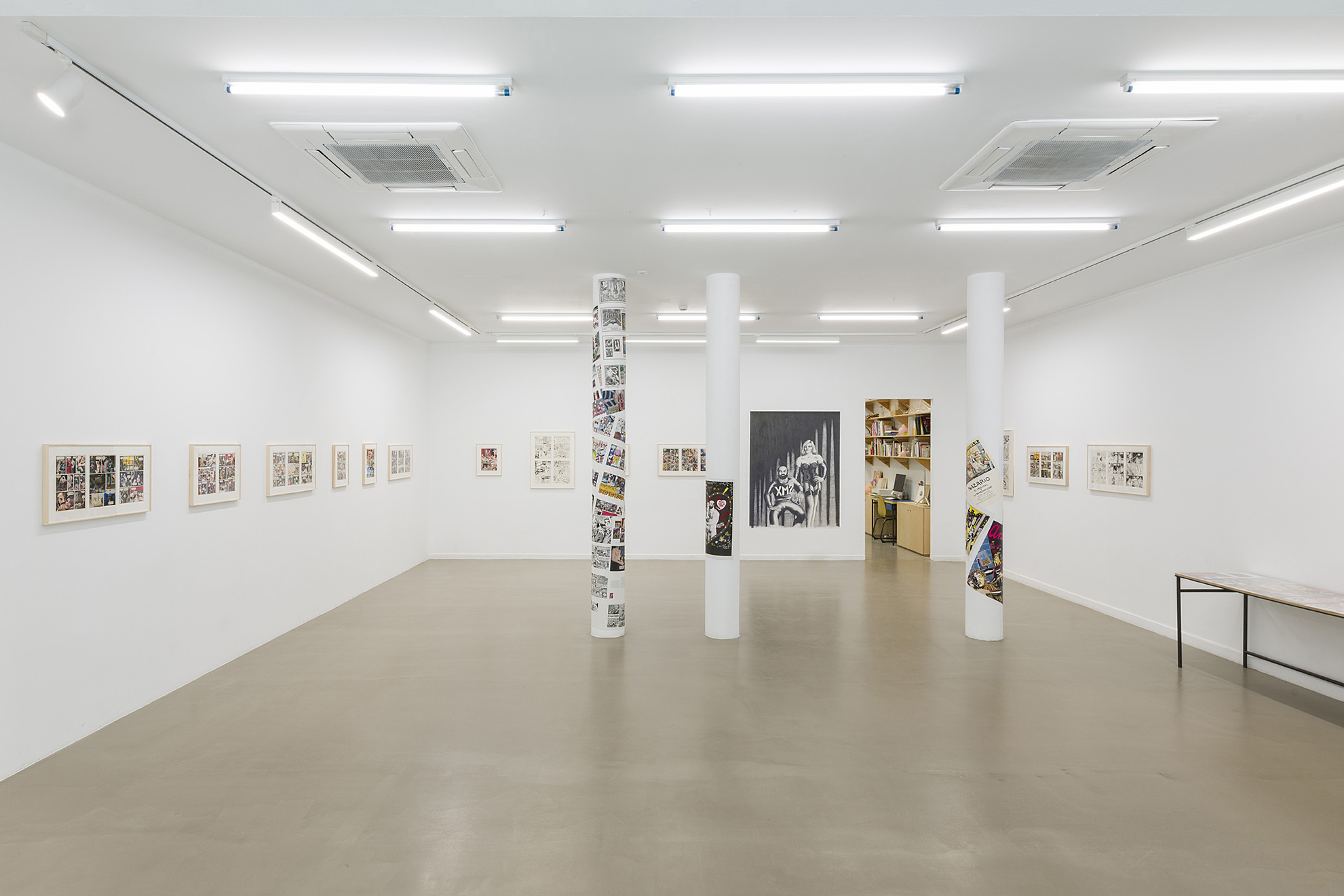

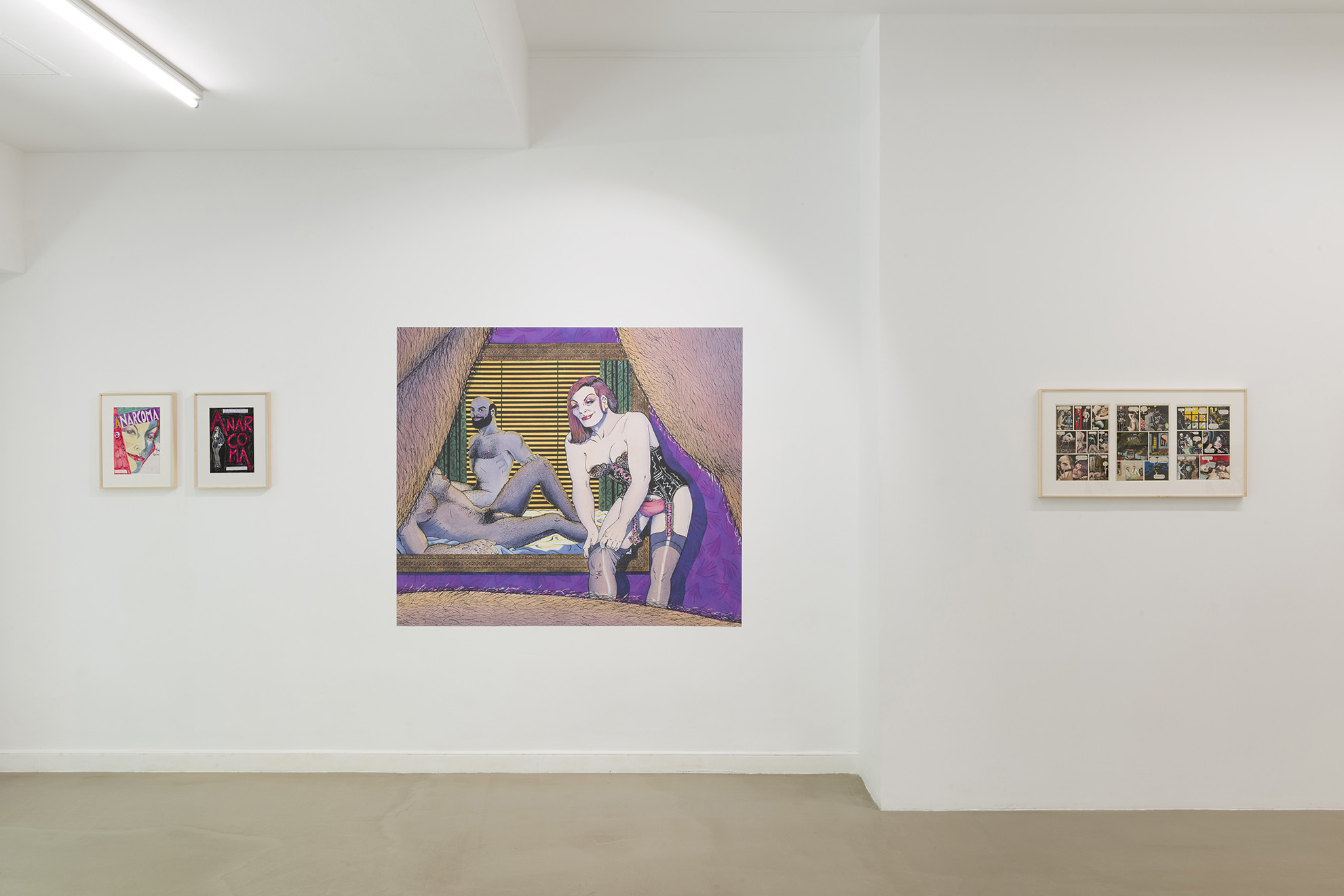




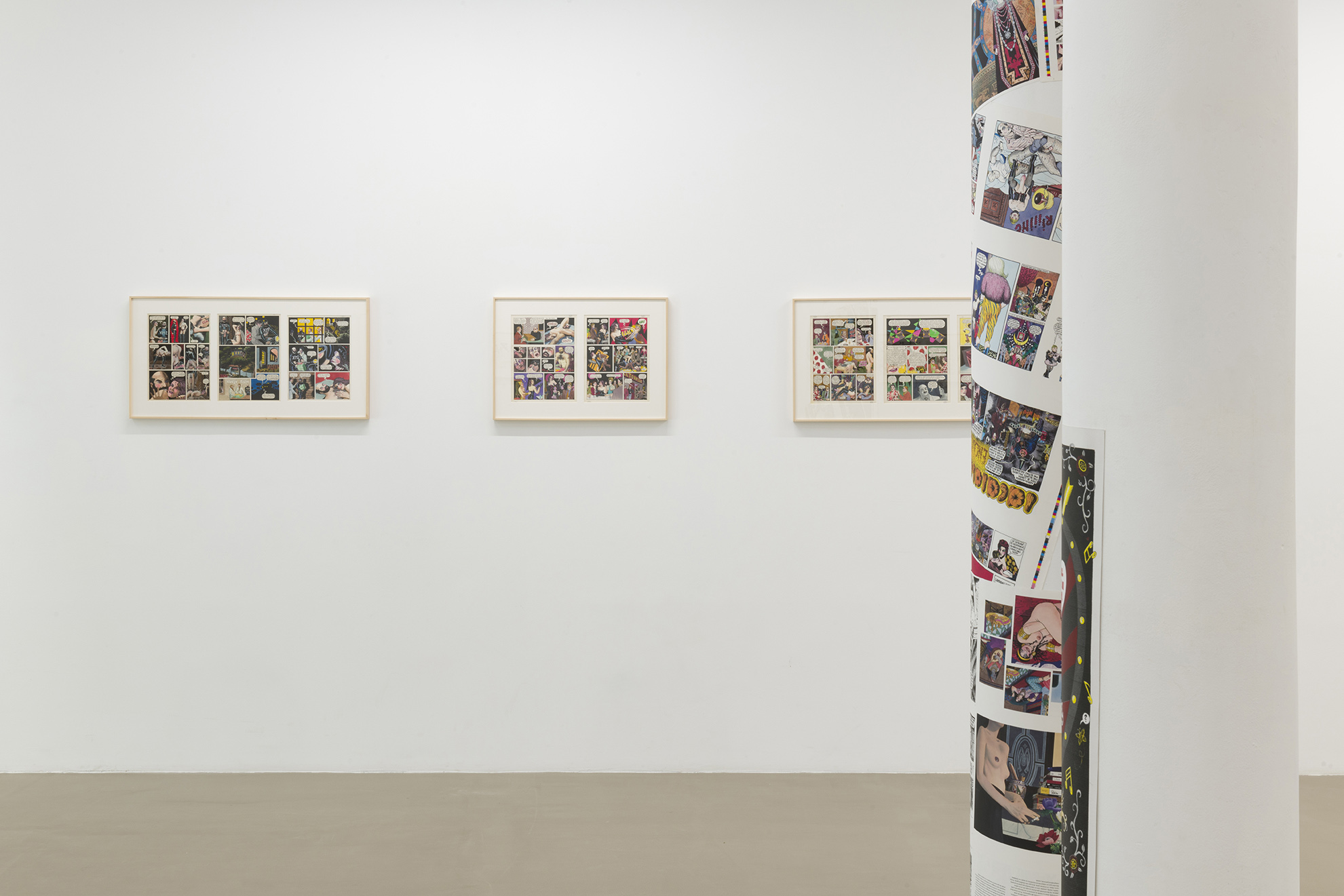

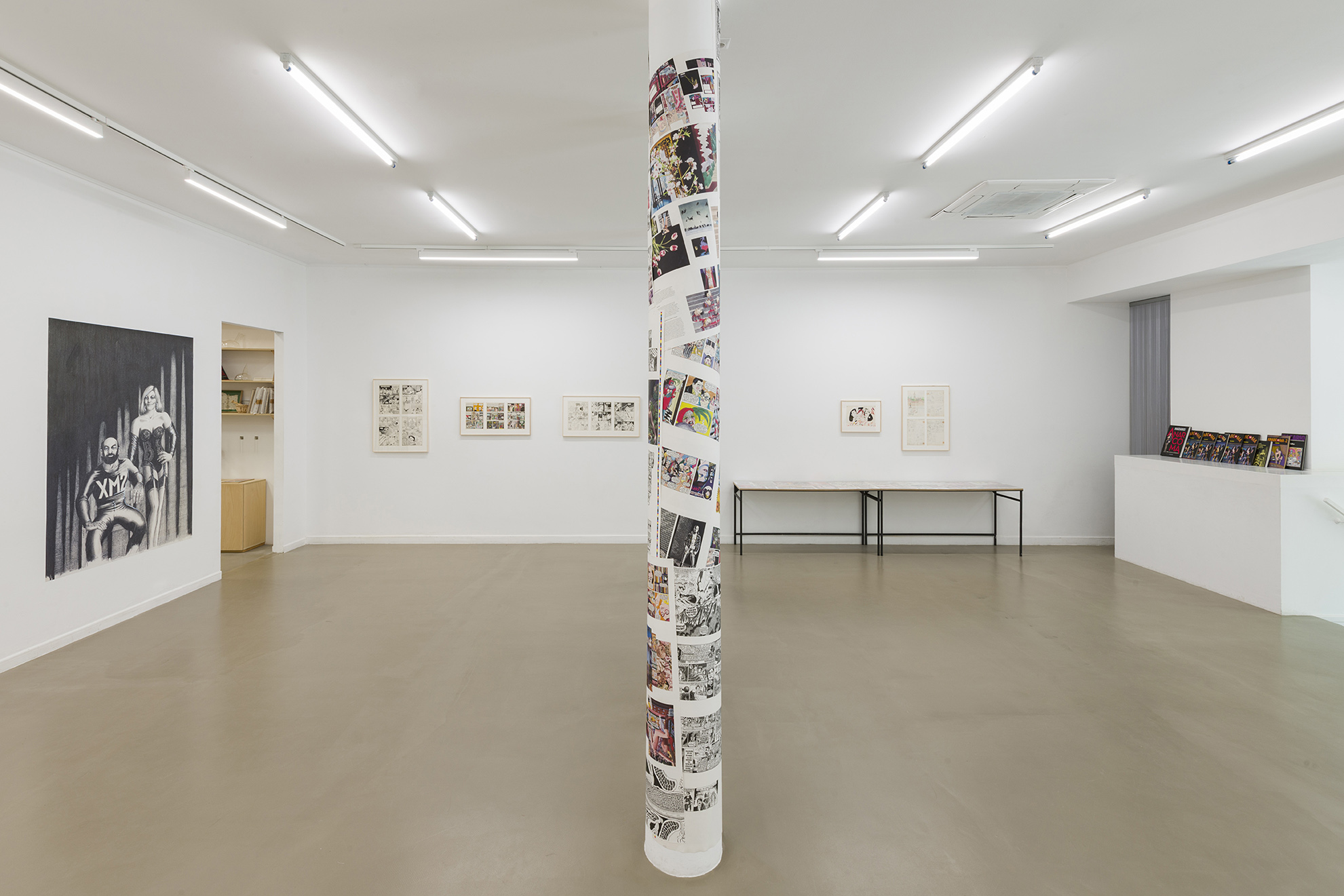
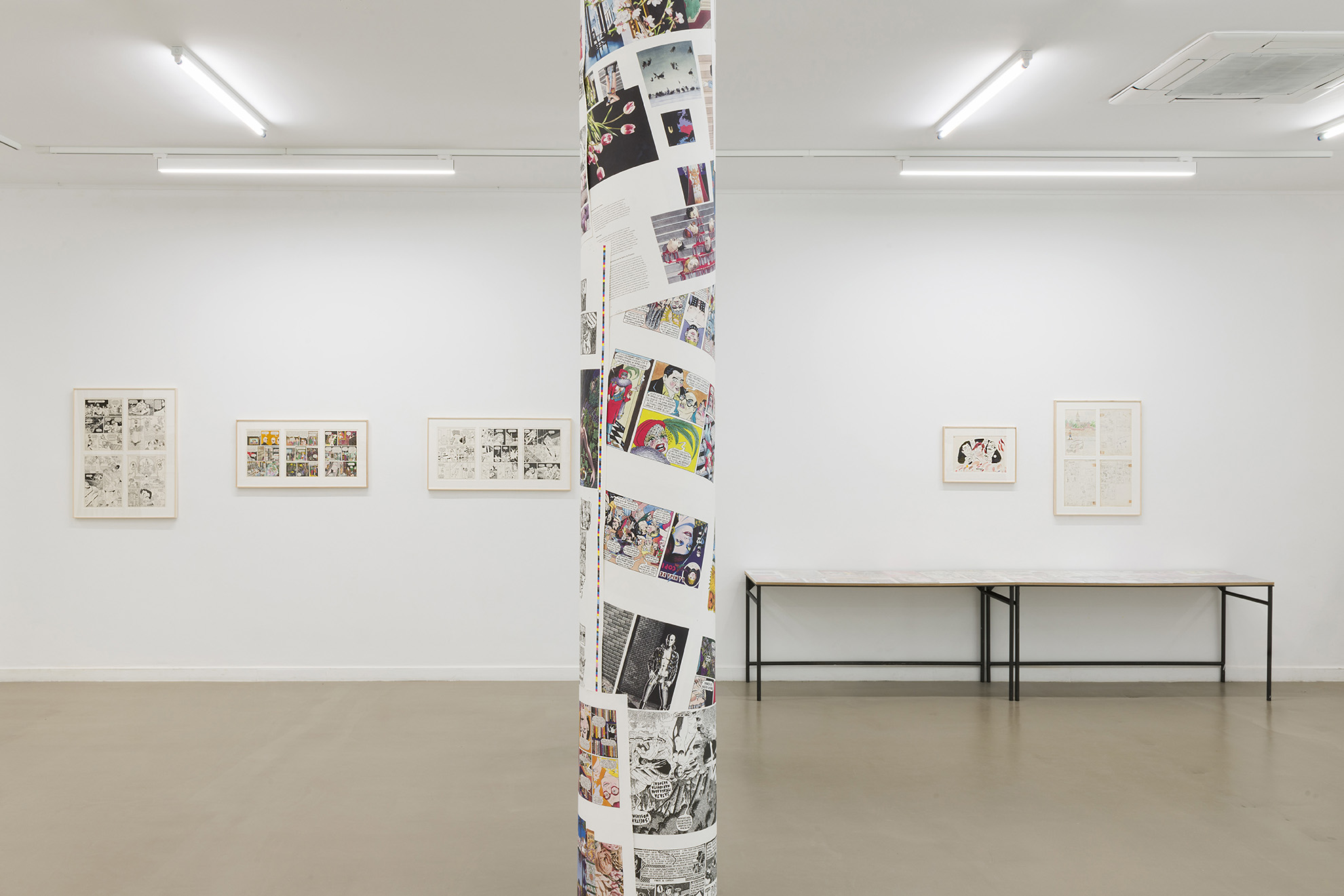
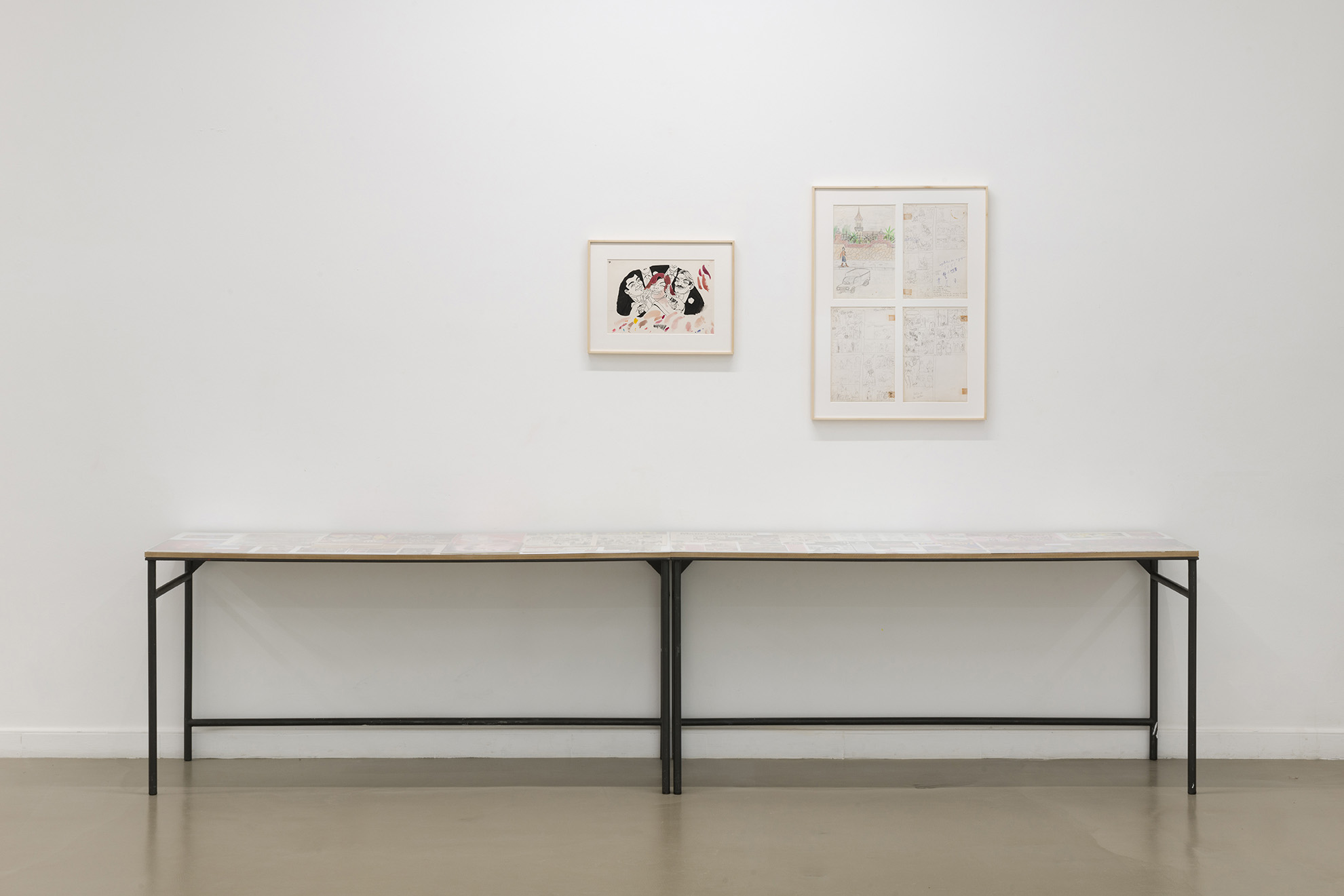
know more about
Exhibition co-organized with Dessislava Pirinchieva
ANARCOMA, THAT DELICIOUS SLAP WITHOUT HANDS
Text by Valeria Vegas
Anarcoma could only have been born in the midst of a democratic transition, in front of the eyes of a country in turmoil, and when freedom was advancing with machetes. More specifically, in 1977, Nazario made Anarcoma appear timidly for the first time through Rampa magazine, one of those ephemeral publications dedicated to the uncovering phenomenon. It didn’t take long for her to jump (and settle) in the pages of El Víbora, a mythical underground publication, where the queen of the underworld fit perfectly.
Nazario knew what he was doing; he was very clear about the intention of the character, the name with which he had baptized her, and the attitude he wanted to give her. Anarcoma is a hopeless romantic as well as a bad-tempered bitch, never abandoning her chores and obligations. What his creator was perhaps not so aware of is that he was allowing a transvestite heroine to enter quite naturally into a heterosexual universe, into a comic book culture that, while perfectly capable of skipping the margins of the purely normative, is still revulsive. When before had a detective been seen halfway between Lauren Bacall and Humphrey Bogart? Never! Never! Nazario’s intention turned out to be a slap without hands. It was decades before La Veneno’s media debut and La Agrado’s cinematic debut, at a time when the term “empowerment” was neither used nor expected. To put it simply, Nazario established a standard that did not previously exist.
The point is that, whether through long-term adventures or short comics interspersed in different issues of El Víbora, his author managed to make such a character reach an audience that knew nothing about transsexuality and that granted their approval. Some readers were avid for content that had nothing to do with the usual viewers of venues such as the Gay Club or Barcelona by Night. The spiderweb of what we now call queer, and which yours truly insists on translating as queer, stretched out in a polyhedral way. And Nazario, without intending to, did his bit, with the double merit of going beyond preaching to the convinced and getting his work to fall into hands that were not limited to the LGBT community. I don’t want to detract from the equally revered Tom of Finland, but I honestly believe that his contribution to homoeroticism never became transversal.
Anarcoma clearly intends to pay homage to other artists, whom Nazario knows very well, by transferring his applause in the form of vignettes. I’m talking about drag queens, a nearly extinct species that made impersonation an art form and lies a truth. Sometimes truer than the truth itself. Also on stage. That is why cabarets abound as a temple of nightlife, with an Anarcoma passing by to contemplate herself in the mirror, which reflects the reality of her artifice back to her. In a nutshell, this is a portrait of a fauna that oscillates between marginality and early-morning couplets, where folklore and sweat reign supreme.
Anarcoma is accompanied in her adventures by Jemfry, the Herr brothers, her robotic lover XM2, Professor Onliyú , and, later, XM3, XM2’s brother, and her friend La Caty, among many others. Even Nazario, in a clear exercise of humorous boom, takes a self-portrait with his boyfriend and some friends, acknowledging that he is also a part of that entire universe. And there’s Barcelona in the background, with its Ramblas, alleys and corners, and everything that screams darkness and scoundrels.
And there is sex, a lot, enough. Although it is never enough for such a heroine. That is why the genitals are hyperbolic, in an ode to excess that really did not clash with the rest of the illustrations by other artists in the same publication. In El Víbora there were enormous tits and gigantic breasts that would have made Aphrodite herself blush. Nazario, on the other hand, did his thing and turned the penises into huge cocks without losing an iota of the narrative part. Because there is always history in Anarcoma, it reached a larger audience than expected. She went so far as to have Marc Almond dedicate a song to her in 1986, ready to stand up for her heels, stockings, and the sailors who surround her. And Anarcoma had already crossed borders long before the “Spain brand” was used. She made her way into France, Italy, Sweden, and the Netherlands via alternative bookstores, ready to win over new readers who would enjoy her adventures. She even landed in the United States with her impertinent censorship, leaving the sales limited to the sex shop circuit, being considered pornographic, and having to be sold with a plastic wrapper that warned of its content. But there was no plastic that could make Anarcoma unseen, perhaps because deep down in her entrails she was made of that same material.
Through various compilations, it was possible to see how the creature’s naive style derived from a cleaner drawing, culminating in an absolutely pop use of color, which distanced her from the darkness of her principles. Although she will always be a creature of the night until eternity. Ladies, big men, and everything in between, enjoy this exhibition in which blows and moans abound, body hair and boiling hormones, platonic love, and the most stark sex go hand in hand with a detective as singular as its own author. Because you cannot understand Anarcoma without Nazario, and Nazario without Anarcoma, both iconic from the first stroke.
Read More